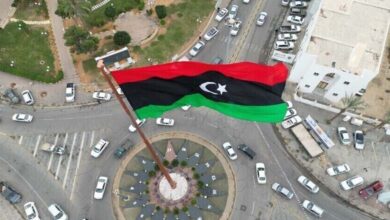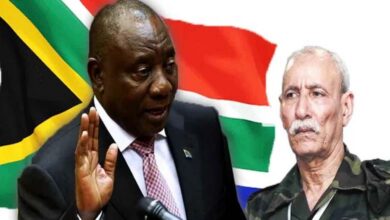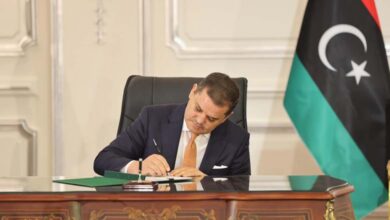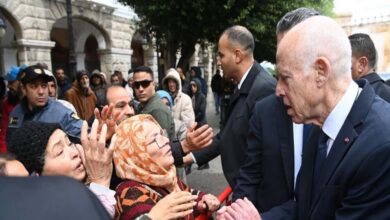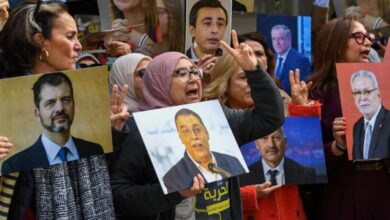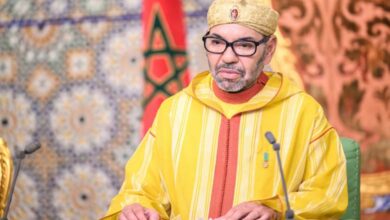December 17 in Tunisia: The Muslim Brotherhood’s Executioner and their Cemetery
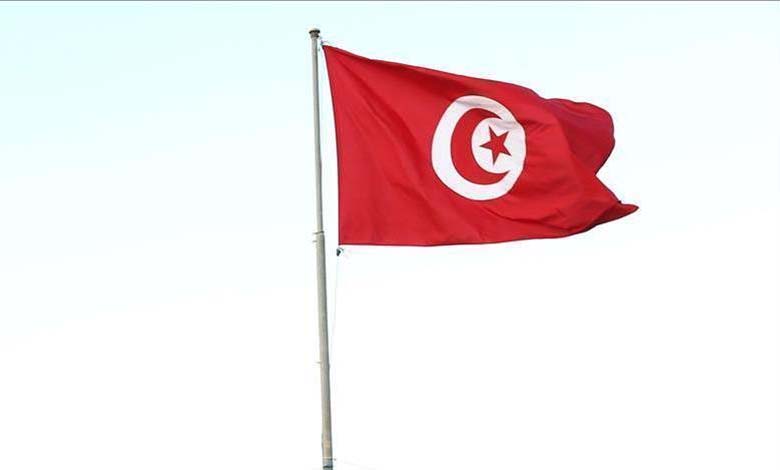
Whoever said that it is impossible to revive symbolic dates in the history of peoples and revive them to receive shipments of hope for a better tomorrow.
What is needed is a corrective course similar to what is happening in Tunisia, a country that rose up more than a decade ago to demand a landscape tailored to its demands. But the Brotherhood’s tentacles were on the lookout, swooping on the scene and riding a wave of anger to row away from its goals and the dreams of its protagonists.
on December 17, 2010. Social protests erupted in the western Tunisian governorate of Sidi Bouzid after a young man and street vendor, Mohamed Bouazizi, set himself on fire to protest against police treatment.
Although the Brotherhood tried over the years of their rule to obscure this history and declared January 14 a “National Day of Revolution,” the current president, Kais Saied, insisted on restoring the state of affairs and restoring the credibility of the history, and a year ago announced a change of date to December 17.
Similarly, the parliamentary elections, which are considered the latest episode in the president’s corrective course towards building a new republic, were set on the same date to celebrate his symbolism in the hearts of Tunisians, despite the fact that today is Saturday, while Tunisians used to hold all their election dues on their official weekend, that is, Sunday.
Saied’s decision came in response to the demands of the people of Sidi Bouzid and other Tunisians for the official adoption of this date as “Eid al-Thawra,” but the Brotherhood, which had been applying the ruling since 2011, overlooked this in order to continue the provocation and ignore the demands of a large section of Tunisians.
Earlier on Saturday, Tunisians voted in parliamentary elections, which are the latest phase of the president’s roadmap, as part of a corrective course that will extricate the country from the reversals of Brotherhood rule.
Muslim Brotherhood between two stations
On December 17, 2010, the Brotherhood did not exist among the crowds that came out calling for change, nor did it later exist when the protests expanded.
However, with the void ensuing and the chaos unfolding at the time, Brotherhood leader Rached Ghannouchi returned from Britain with pledges of no participation in political life.
But his reign did not last for more than a few weeks, after which he spent – and his movement – the joints of the state, capitalizing on the state of confusion that usually reigns over hinges, ruling the country for ten full years with feeble performance that aggravated the rates of poverty, crises, and divisions.
Only extraordinary presidential decrees passed on July 25, 2021, in response to popular demands to overthrow the rule of an organization that wreaked havoc in the country and plunged its youth into the holocaust of terrorism, turning it into a hotbed of extremism.
From there, it was beginning to conclude today, on the same date that the Brotherhood took as a gateway to the demands of protesters, turning December 17th into a day when Tunisians are writing the last line in the reign of the terrorist organization.



